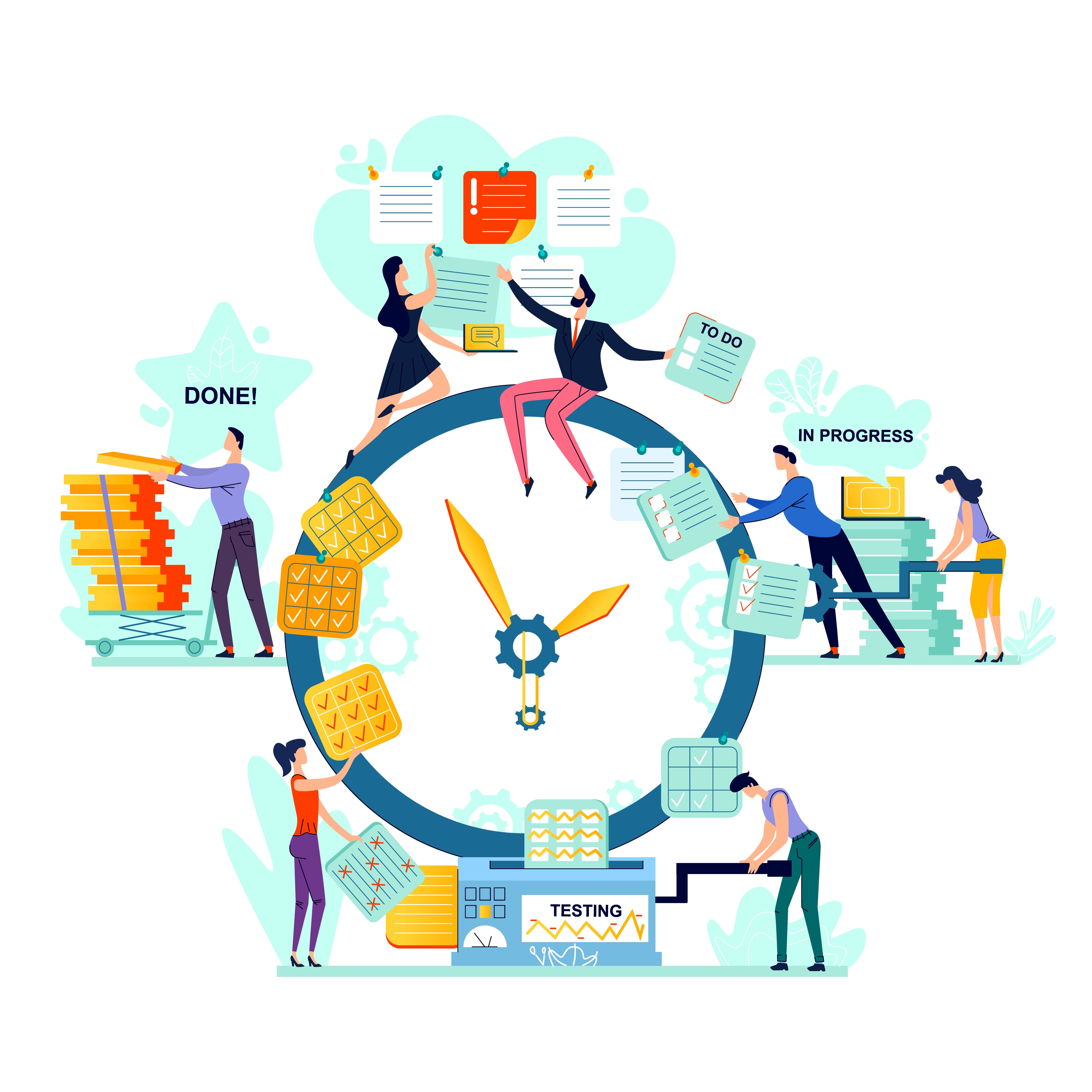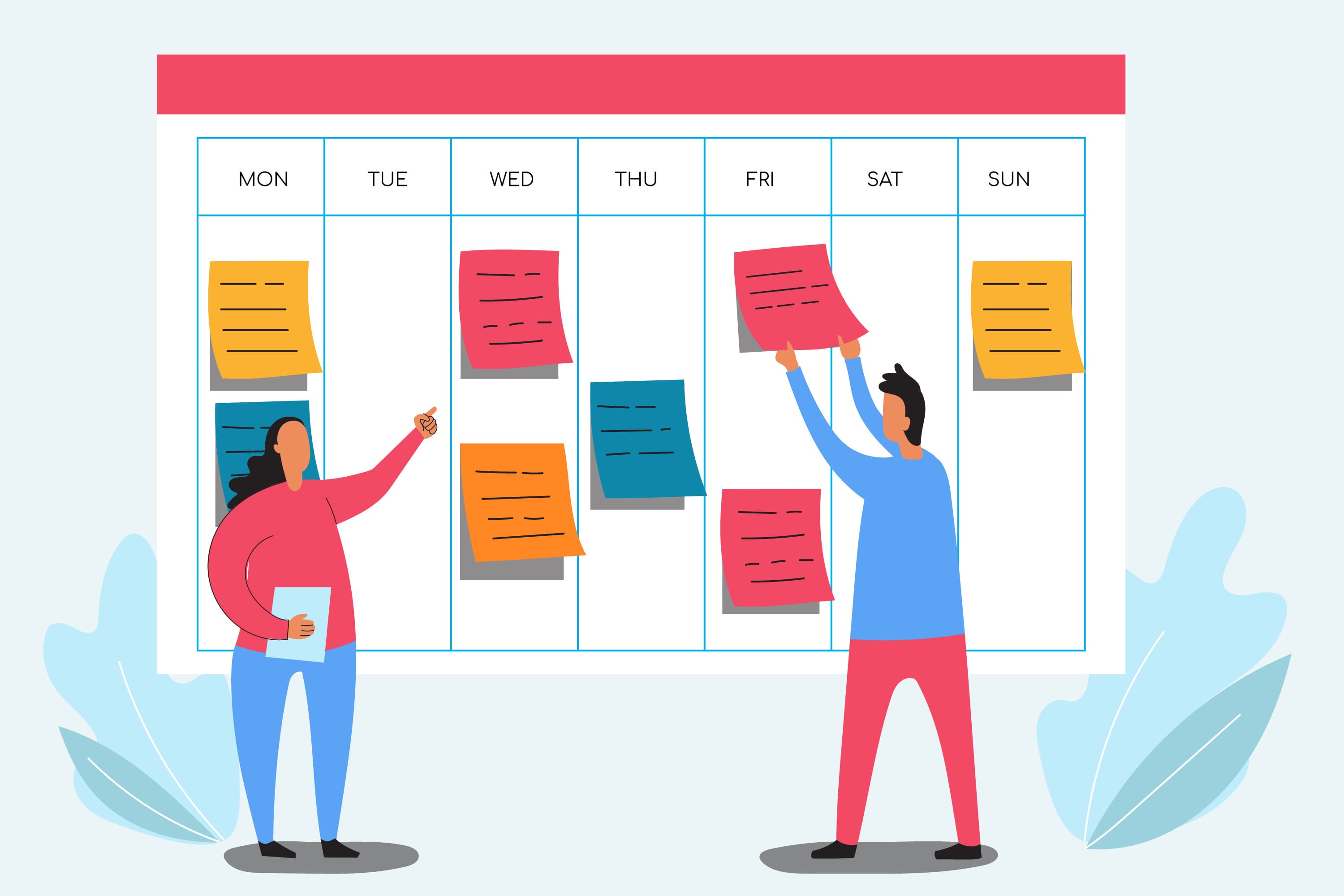Project Life Cycle and Project Management Processes

Project Life Cycle:
The project life cycle refers to the stages a project goes through, from initiation to closure.
Although specific life cycle models may vary, a common framework includes the following phases:
1. Initiation:
- The project is identified and its feasibility is assessed.
- Project objectives, scope, and stakeholders are identified.
- Initial project planning takes place, including high-level timelines and resource estimates.

Example: An organization decides to launch a new product line. The initiation phase involves conducting market research, analyzing competitors, and assessing the financial viability of the project. The project manager may create a project charter that outlines the objectives, scope, and initial timelines.

2. Planning:
- Detailed project planning is performed, including defining project deliverables, milestones, and activities.
- Resource requirements and budget are determined.
- Risk analysis and mitigation strategies are developed.
- Project communication and procurement plans are established.
Example: In a construction project, the planning phase involves creating a comprehensive project plan. This includes developing a work breakdown structure (WBS), identifying the sequence of activities, estimating resource requirements, and creating a project schedule. Risk assessments are conducted, and strategies to mitigate potential risks, such as weather delays or material shortages, are devised.
3. Execution:
- Project activities are performed according to the project plan.
- Resources are allocated, tasks are assigned, and work is executed.
- Regular project status updates and communication take place.
- Changes and issues are managed, and corrective actions are taken as necessary.

Example: During the execution phase of a software development project, the project team develops and tests the software, following the requirements and design specifications. Progress is tracked using project management tools, and regular team meetings are held to discuss updates, address issues, and ensure alignment with the project plan.

4. Monitoring and Control:
- Project progress is monitored against the project plan and objectives.
- Performance metrics and key performance indicators (KPIs) are tracked.
- Quality control measures are implemented.
- Changes are assessed and managed through a formal change control process.
Example: In an event management project, the monitoring and control phase involves tracking key metrics such as attendance, budget utilization, and customer satisfaction. Feedback is collected from attendees, and adjustments are made to the event plan if necessary. Any changes to the project scope or budget are assessed and managed through a change control process.
5. Closure:
- Project deliverables are finalized and handed over to the stakeholders.
- Lessons learned are documented, and a post-project evaluation is conducted.
- Project closure activities, such as finalizing contracts and archiving project documents, take place.
- Project team members are recognized, and stakeholders are informed of project completion.

Example: After completing a marketing campaign, the closure phase involves conducting a review of the campaign’s success, collecting feedback from stakeholders, and documenting lessons learned for future campaigns. Contracts with vendors or agencies are finalized, and project documentation, including reports and marketing materials, is archived.

Project Management Processes:
Project management processes are the activities performed to achieve the project objectives.
These processes are categorized into five groups, as defined by the Project Management Institute (PMI)’s Project Management Body of Knowledge (PMBOK):
1. Initiating Processes:
- Define the project or phase and obtain authorization to start.
- Identify stakeholders and develop a project charter.


2. Planning Processes:
- Develop a comprehensive project plan, including scope, schedule, cost, quality, resources, communication, risk, and procurement plans.
- Define project requirements and create a work breakdown structure.
3. Executing Processes:
- Perform the work defined in the project plan.
- Manage resources, communicate with stakeholders, and coordinate project activities.
- Implement quality assurance and control measures.


4. Monitoring and Controlling Processes::
- Track project performance against the project plan.
- Monitor risks, quality, schedule, cost, and scope.
- Control and manage changes through a formal change control process.
5. Closing Processes:
- Formalize project completion and obtain formal acceptance of deliverables from stakeholders.
- Conduct a post-project evaluation and document lessons learned.
- Close contracts, archive project documents, and release project resources.

Example: Closing processes in a product development project involve obtaining customer acceptance of the final product, conducting a project review to capture lessons learned, archiving project documentation, and releasing project team members to their respective departments or new assignments.
These examples illustrate the project life cycle stages and project management processes in action. However, it’s important to note that specific projects may have variations in their life cycle and processes based on project complexity, industry, and organizational preferences.
